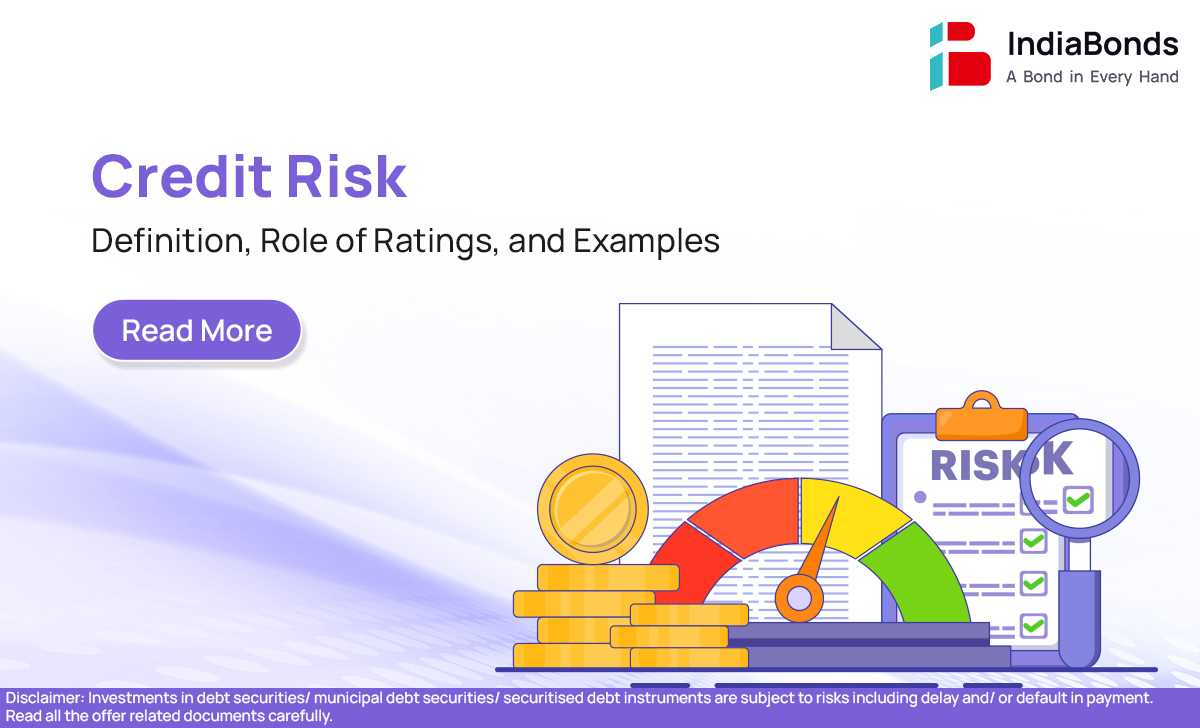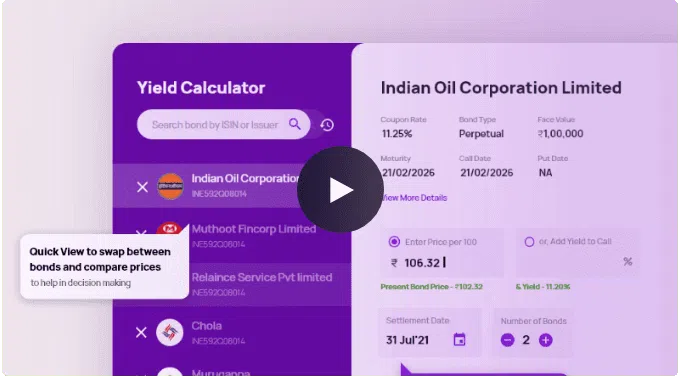Credit Risk: Definition, Role of Ratings, and Examples

Introduction
Let’s keep it real. If you’ve ever lent money to a friend and then spent weeks chasing them for repayment, congratulations — you’ve experienced credit risk.
In the world of finance, this isn’t just a minor worry. It’s a big deal. Banks, companies, investors — everyone faces it. The idea is simple: What if the person or business I lend money to doesn’t pay me back? That doubt, that risk — is called credit risk.
What Is Credit Risk?
Credit risk is just a fancy term for something very basic: the possibility that someone who borrows money might not return it on time — or at all.
It could be a person missing an EMI. A company defaulting on a bond. Or even a government skipping payments. The higher the risk of non-payment, the bigger the credit risk.
This is where credit ratings come in. Think of them like school grades, but for borrowers. A high rating means they’re good at paying back. A low rating? You’d better think twice before handing over your money.
Understanding Credit Risk
Let’s break it down with a simple example. Suppose two people ask you for ₹10,000 each. One has a stable job, pays bills on time, and lives within their means. The other jumps jobs, has a bunch of loans, and dodges calls when the rent’s due.
Who would you lend to?
That’s credit risk in action. Lenders and banks look at:
- Credit history: Do they pay back loans regularly?
- Existing debt: Are they drowning in EMIs already?
- Income and stability: Do they have enough to cover future payments?
They crunch all this info and decide if the borrower is worth the risk — or if they’ll make you lose sleep.
Credit Risk vs. Interest Rates
Here’s where it gets interesting (pun intended).
When someone seems riskier to lend to, lenders want more in return. That “more” is a higher interest rate.
Let’s say you’re lending money to two people again. One’s solid and reliable — you’ll happily lend at a lower rate. The other is unpredictable — if you lend, you’ll demand higher interest to cover your risk. This is exactly how bond markets work too. Risky borrowers offer higher returns. But there’s always a trade-off — more returns, more chances of things going wrong.
Conclusion
Credit risk isn’t just for bankers or finance nerds. It’s something we all deal with — whether we realise it or not.
Understanding it can help you make smarter choices with your money. A bond offering 12% might look juicy, but what if the issuer can’t pay it back? Knowing the credit rating, looking at their track record — all of this matters.
Don’t just look at how much you can earn. Ask yourself: Will I actually get it?
FAQ
How is credit risk measured?
It’s measured through credit scores for individuals and credit ratings for companies or governments. Agencies like CRISIL or ICRA in India assess financial history, existing loans, income, and repayment patterns to decide how risky the borrower is.
What is credit and how is it measured?
Credit simply means borrowing money with a promise to pay it back. It’s measured using credit scores (like your CIBIL score) or credit ratings. These scores help lenders decide whether you’re trustworthy with money.
What do you mean by credit risk?
Credit risk is the chance that a borrower won’t return the money. It could be a person missing a loan payment or a company not paying bondholders. It’s the risk of losing money when someone fails to keep their promise.
What are the 3 C’s of credit risk?
These are the basics that every lender checks:
- Character – Can you be trusted to pay back?
- Capacity – Do you have enough income to repay?
- Collateral – Do you have any assets that can be taken if you default?
Disclaimer : Investments in debt securities/ municipal debt securities/ securitised debt instruments are subject to risks including delay and/ or default in payment. Read all the offer related documents carefully.


















Indiabonds | 5 min

Indiabonds | 5 min
















